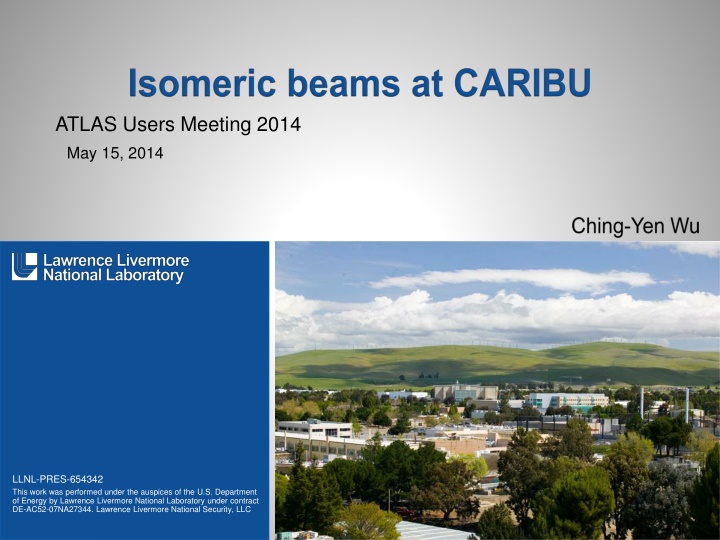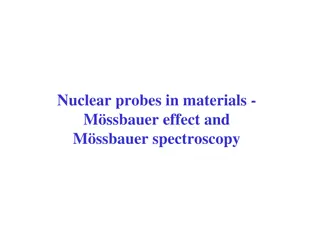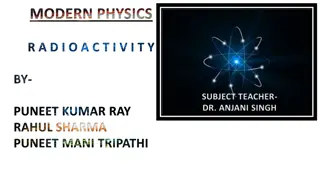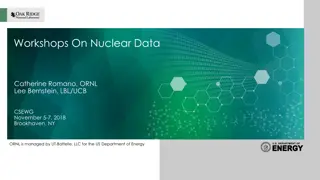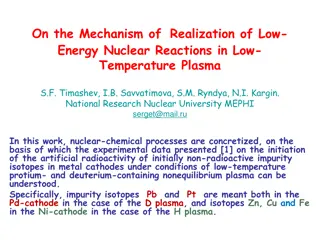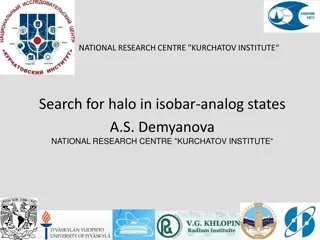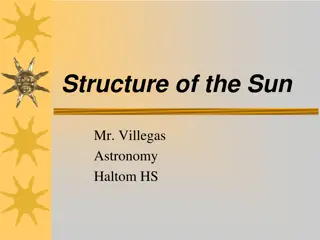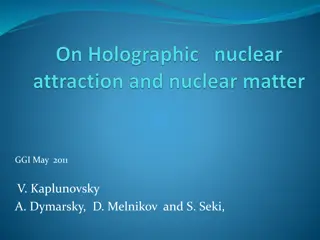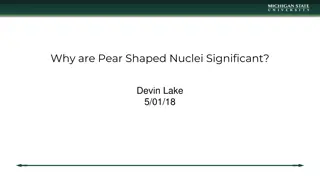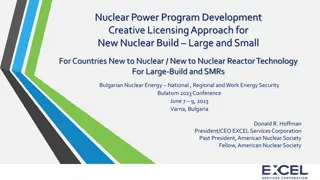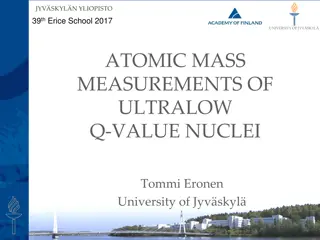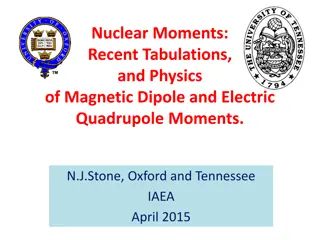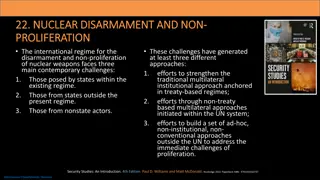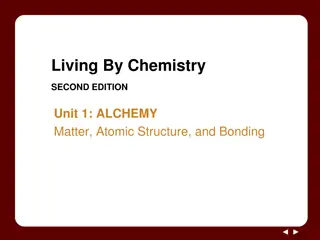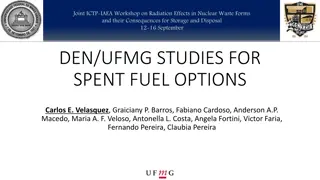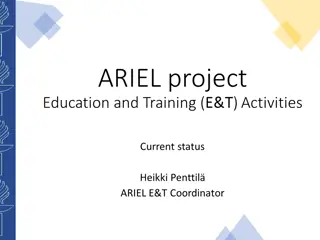Nuclear Quadrupole Collectivity in Nuclei
Exploring the evolution of nuclear quadrupole collectivity in neutron-rich nuclei with intrinsic shape transitions and coexistence. The study focuses on measuring electromagnetic properties to extract transition and static matrix elements, providing insight into the shape characteristics and behaviors of Yttrium isotopes.
Download Presentation

Please find below an Image/Link to download the presentation.
The content on the website is provided AS IS for your information and personal use only. It may not be sold, licensed, or shared on other websites without obtaining consent from the author.If you encounter any issues during the download, it is possible that the publisher has removed the file from their server.
You are allowed to download the files provided on this website for personal or commercial use, subject to the condition that they are used lawfully. All files are the property of their respective owners.
The content on the website is provided AS IS for your information and personal use only. It may not be sold, licensed, or shared on other websites without obtaining consent from the author.
E N D
Presentation Transcript
ATLAS Users Meeting 2014 May 15, 2014 LLNL-PRES-654342 This work was performed under the auspices of the U.S. Department of Energy by Lawrence Livermore National Laboratory under contract DE-AC52-07NA27344. Lawrence Livermore National Security, LLC
Motivation and experimental approach Initial focus A case study in details Summary 2 Lawrence Livermore National Laboratory LLNL-PRES-654342
Evolution of nuclear quadrupole collectivity Shape transition and shape coexistence in neutron-rich nuclei with A ~ 100 Nuclear structure sensitive to the occupancy level of the h11/2 neutron and g9/2 proton orbitals Manifestations are (1) the sudden onset of quadrupole deformation in Sr and Zr isotopes, (2) the emerging degree of freedom in Mo Ru region, and (3) the predicted triaxial shape transition from prolate to oblate in Ru Pd region Ideal testing ground for various theoretical models, including the nuclear density functional theory Milestone NS9 for 2018 defined by NSAC Subcommittee on Performance Measures 3 Lawrence Livermore National Laboratory LLNL-PRES-654342
Probe the shape transition and shape coexistence in nuclei by measuring their electromagnetic properties using the sub-barrier Coulomb excitation method Extract the transition and static matrix elements for the -ray transitions measured by (Digital) Gamasphere or GRETINA /CHICO2 4 Lawrence Livermore National Laboratory LLNL-PRES-654342
Shape transition and shape coexistence in 96,98Y Both have long-lived isomers with the same decay mode and similar lifetime of those for the ground states but different spin and shape The ground states have spin 0 and the characteristics of spherical shape intrinsic Q0 = 1.40 b (Laser spectroscopy) intrinsic Q0 = 3.12 b (Laser spectroscopy) 96mY (T1/2 = 9.6 s) has spin 8+ with Eex = 1130 keV and 98mY (T1/2 = 2.0 s) has spin (4 or 5) with Eex = 410 keV and 5 Lawrence Livermore National Laboratory LLNL-PRES-654342
Transiti on Cross section (mb) 144 4.5 90 14.9 25.2 0.20 19.5 1.8 6.3 Counts K = 5+ for 98mY (T1/2 = 2.0 s) at Eex = 410 keV Intrinsic Q0 = 3.12 b 420 MeV 98mY on 208Pb of 1 mg/cm2 6 5 7 6 7 5 8 7 8 6 9 8 9 7 10 9 10 8 635 20 397 66 111 1 86 8 28 7 days of beam-on-target with intensity ~ 2,000 pps Integrate the scattered angle from 40o to 70o 10% efficiency 6 Lawrence Livermore National Laboratory LLNL-PRES-654342
Provide the precision measured electromagnetic properties for neutron-rich nuclei with A ~ 100 to test and improve the predictability of nuclear models such as nuclear density functional theory An example is given to illustrate the study of the electromagnetic properties for the available isomeric beams at CARIBU Quadrupole collectivity can be studied for the excited states with spin up to 10 for the well-deformed 98mY The transition and static matrix elements can be determined for transitions with the cross section as low as 10 mb within a reasonable time frame 7 Lawrence Livermore National Laboratory LLNL-PRES-654342
